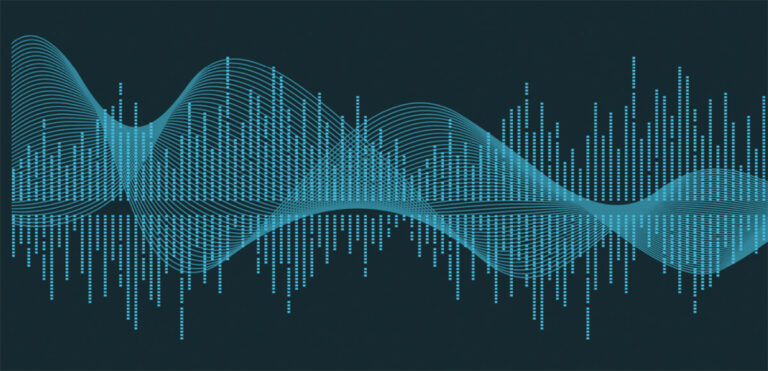Written by Michael Boumendil, President & Chief Creative Officer
Throughout my thirty years in Sonic Branding I’ve often heard brands say, “I need the perfect melody that people remember.” But that’s not the best mindset to have if you want to succeed. In this business, there’s a particular process brands need to follow when developing a strategy for their sonic identity and determining what principles they should and shouldn’t utilize.
What does it mean to create a sonic branding system that is effective? Well, for starters, the process requires the right vision.
At Sixième Son, we have a baseline framework for developing a sonic brand that works and it requires focusing on these key aspects:
- Attribution and recognition – When it comes to your identity, you have to have something tailor-made that is only for you, otherwise you start to be confused with sounds from other brands. Stock music? Forget about it.
- Meaning and clarity – A sonic identity not only needs to be something memorable, of course, but it also must infuse a meaning behind it. Is your sonic identity in line with what your brand stands for and its message? Does it help convey that message? You should not separate these two things.
- Attention and engagement – The touchpoints you focus on, the types of music you use, and the type of voice you choose to have, will all play an important role in creating and maintaining attention and engagement with consumers. Think strategically about all of the elements – you don’t want to let one bring down the others.
Sonic branding is not about having a sonic logo that is likable. Take Nike’s visual logo. I remember when people first saw it their reaction was, “What is that? There’s not even a name on this. Nobody will remember it. It just looks like a comma.” But the logo was different. It embodied something. It was embodying movement. And along the way, this weird thing became something that’s really iconic because it was unusual and instantly intriguing.
One example of an impactful sonic logo is the one we created for McKinsey & Company. The way the piano unfolds in the logo is very unusual at first, but then you realize it embodies the brand’s personality perfectly. There is a sense of heritage in the sound, almost classical, and there is something about the piano that projects the brand in the future. Being interesting like this is much better than being perfect.
There is a business advantage to developing not just any sonic identity, but to developing the right one. Having a sonic identity is not about brands checking a box. It’s about having something that really pays back, that really transforms.




